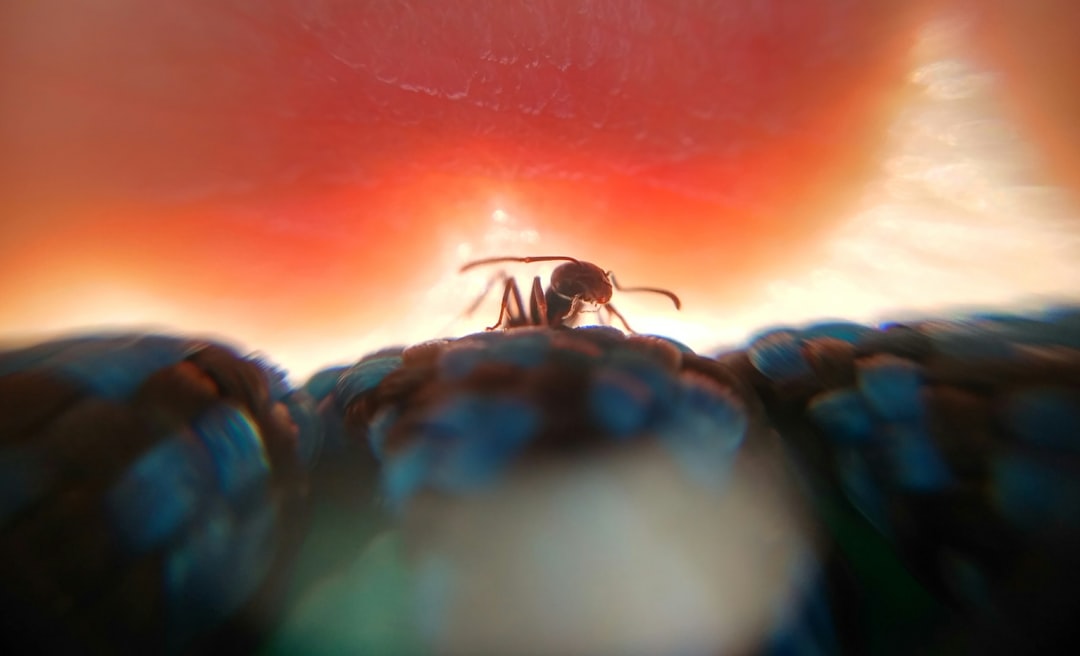What is it about?
The ensign wasp Evania appendigaster is a parasite of cockroach egg capsules, mainly the world-despised sewer cockroach Periplaneta americana. It is common and widespread where cockroaches are found. Therefore it is suggested as a potential biocontrol agent against roach infestations. In this study we tested how many cockroach eggs the wasps would be able to attack and inviabilize within the fixed time frame of 2 days of exposure. Wasp couples were held inside cages for their whole life where fresh food and egg hosts were provided. Males live as long as females. Only a single wasp will emerge each time. Sexual ratio is slightly biased to females. Highest parasitism is reached at 3 hosts / 2 days.
Featured Image

Photo by Krzysztof Niewolny on Unsplash
Why is it important?
Knowing the parasitism limit (aka as Functional Response) is fundamental to designing efficient biological control protocols. For instance, in estimating how often and how many wasps should be released in an infested area. Or in defining how many wasps are expected to emerge from a controlled artificial breeding colony.
Perspectives
We are eager to hear about applied control experiments in infested areas containing cockroaches. Knowing the dynamics of host vs. parasites in controlled settings is fundamental to draw expectations about control scenarios in real life.
Dr Eduardo G P Fox
IBCCF / UFRJ
Read the Original
This page is a summary of: Biological characteristics of Evania appendigaster (L.) (Hymenoptera: Evaniidae) in different densities of Periplaneta americana (L.) oothecae (Blattodea: Blattidae), Biological Control, February 2006, Elsevier,
DOI: 10.1016/j.biocontrol.2005.09.006.
You can read the full text:
Resources
My personal comments to Quora on this paper, as the first of my career
A short answer given to a Q&A user online describing the present publication to lay readers.
An article on LinkedIn about the difficulties of publishing this paper
A brief personal account on the challenges behind the publication of this manuscript, as a young trainee and first-timer, recounted 15 year later as a professional scientist.
Contributors
The following have contributed to this page










